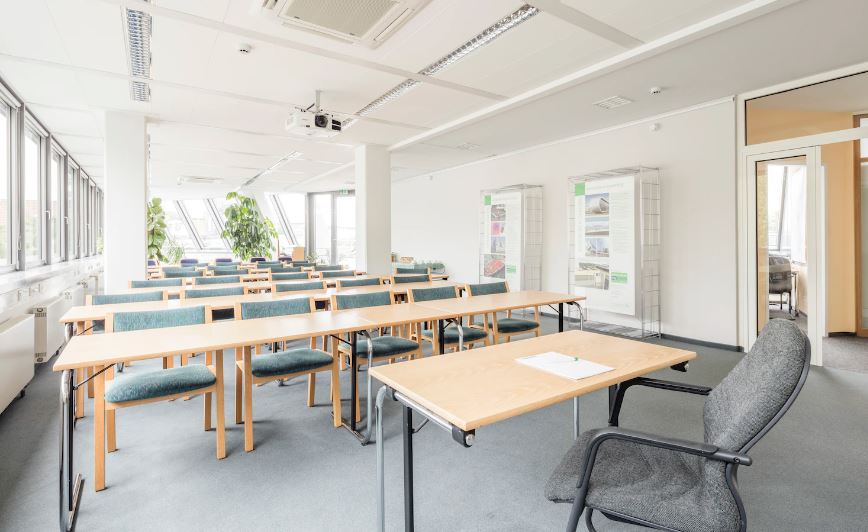Inclusive Classrooms: Ensuring Displays Do Not Trigger Sensitivities
In the modern education landscape, the call for inclusivity has been louder than ever. It’s no longer just about accommodating students with varying learning abilities, but also creating a safe and welcoming environment for all, regardless of race, gender, culture, religion, or personal experiences. Much like how platforms like TonyBet have revolutionized the way we engage with online activities by creating more inclusive and user-friendly experiences, educators need to be innovative in creating classroom spaces that cater to a diverse range of student needs. One aspect often overlooked is the visual displays in classrooms. These displays can inadvertently become triggers for some students, so a conscious effort is needed to ensure they promote inclusivity.
Understanding the Role of Classroom Displays:
Classroom displays, including posters, artworks, and educational materials, play a critical role in the learning environment. They reinforce lessons, stimulate creativity, and build a sense of community. However, they can also inadvertently perpetuate stereotypes, showcase insensitivity, or bring up traumatic reminders for some students.
Steps to Create Inclusive Classroom Displays:
Diverse Representation: Ensure that the images, posters, and visuals in the classroom represent a wide range of ethnicities, cultures, and backgrounds. It’s essential to avoid tokenism and ensure genuine representation. This fosters a sense of belonging among students and helps them see the world’s diverse nature.
Avoid Stereotypes: This can’t be stressed enough. Stereotypical images or messages, even if they are meant to be positive, can be harmful. They can limit students’ beliefs about their potential or make them feel boxed into certain roles.
Trauma-Informed Approach: Some images or topics might be traumatic reminders for students, especially those who have experienced distressing events. For instance, a display on natural disasters might trigger anxieties for a student who has lived through one. While it’s impossible to cater to every potential trigger, being aware and having alternative materials or approaches can make a difference.
Inclusive Language: Textual displays should use language that is inclusive and doesn’t perpetuate biases. For instance, using gender-neutral language or ensuring that different family structures are represented can ensure that no student feels left out.
Consultation with Students: One of the best ways to ensure that displays are inclusive is by involving students in their creation. This not only empowers them but also ensures that they have a say in what they see daily.
Regularly Update Displays: The world is continuously evolving, and so should the classroom. Regularly updating displays ensures that they remain relevant and align with current societal understandings.
Feedback Mechanism: Encourage students to voice their concerns if a particular display makes them uncomfortable. This feedback mechanism will ensure continuous learning and evolution of the classroom environment.
Professional Development: Educators need to be equipped with the knowledge and tools to create inclusive environments. Regular workshops or training sessions on inclusivity can provide teachers with insights and practical tips.
Incorporate Technology: Platforms like Tonybet have shown how digital interfaces can be tailored to cater to a diverse audience. Similarly, leveraging digital displays or tools can help in personalizing learning experiences, ensuring that potentially triggering content can be tailored or avoided for particular students.
Holistic Approach: Lastly, an inclusive classroom isn’t just about the displays. The entire learning environment, from teaching methods to interactions, should reflect inclusivity. Displays are just a part of the bigger picture.
An inclusive classroom recognizes the diverse experiences and backgrounds of all students. It’s a space where every child feels valued, understood, and safe. As the world becomes more interconnected and diverse, it’s vital for educational institutions to reflect this diversity. Just as platforms like Tonybet are reimagining online spaces for a wider audience, educators need to reimagine classrooms for today’s diverse student population. Ensuring that classroom displays are sensitive and inclusive is a significant step in that direction.




